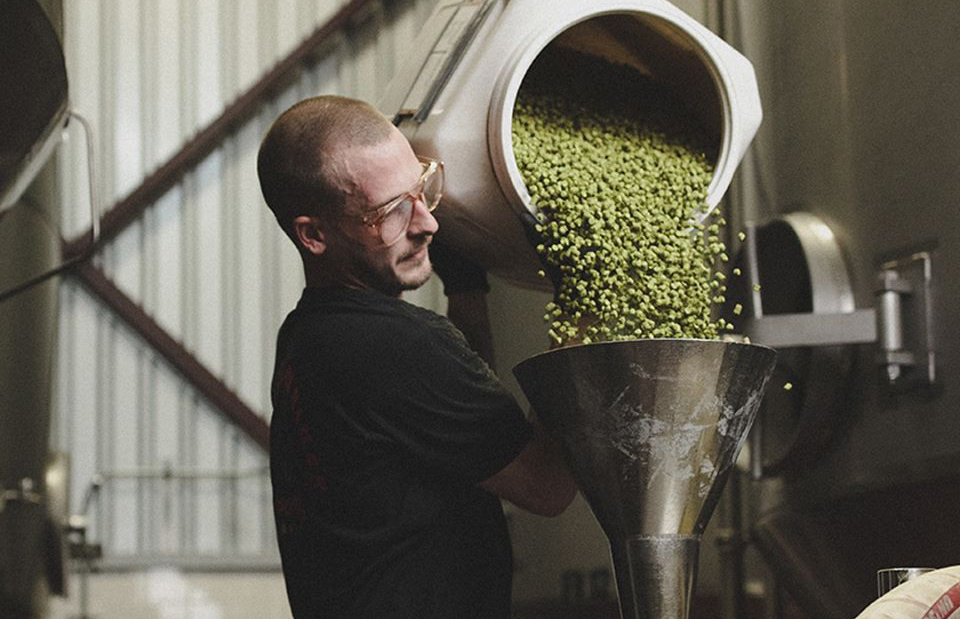
When talking about sales, sometimes the end consumer is the first thought, but there are multiple types of people your brewery needs to influence to help make a retail sale.
Pitching your brand means having a concise message that can stick and make a quick impact.
Pete Slosberg, who helped found Pete’s Brewing — the maker of Pete’s Wicked Ale, an early popular Brown Ale in the craft beer world — starting in 1986 spoke with members of Four Saints & Mispillion River in a live “elevator pitch” session during the 2020 Sell More Beer Virtual Summit. Both brewery reps shared ideas with Slosberg to help hone that message.
An interesting piece that Slosberg shared at the start was for breweries to sit down and think of some key elements to formulate the pitch and then craft it to the type of person you are pitching it to to help sell your brand.
First, the key elements. Be able to answer:
- Who are you?: What does your company stand for and how will others describe you at first blush. You need to be in charge of that message. Do it from the start.
- What niche isn’t being filled?: What part of the market isn’t being addressed? Does it have the potential to be used as your market, or is it a crowded field that you are entering? Knowing that from the start, or crafting that now can help in growth later.
- Who are your competitors?: Find both direct and indirect competition. It could be the brewery down the street, the corner bar, or even a winery or distillery. Be able to share why are you different and why are you a better alternative for consumer dollars to be spent with you.
Once you have those thoughts in mind, Slosberg then shared how to explore how you can craft this message to these types of people to be able to “elevator pitch” your brand and make champions for your product.
“You have to have a convincing argument for each of these levels,” Slosberg explained. “The key to an elevator pitch is a discussion that you get any of these levels of people to become supporters of you and your company.
“It’s not the same pitch for each level. So you actually have to do a lot of homework first, and it doesn’t happen overnight.”
Potential Staff: How do you convince them to come to your company and stay?
A distributor owner: How do you become part of their portfolio?
The distributor salesman: “They are usually paid on commission, how do you get them to treat your product with equal or more attention than you deserve,” Slosberg asked.
The retailer: “Whether it’s a bar owner, or liquor store owner, or grocery store manager, how do you convince them to get on the shelf?”
Retail/on-premise staff: “How do you convince the workers, the servers … the bartenders to recommend you versus all the other beers that they have?”
Suppliers: Yes, your suppliers are a customer, Slosberg pointed out. “Guess what, if you’re dependent on supplies, and your supplier has a shortfall, how do you get above the line and get what you need and not be below the line, and get nothing,” he said.
The media: How are you making in-roads and relationships with local, regional, and national media? What do they know about you and how do you know what they want?
The end-user: Their spending power is important to you and you need to make sure they know your brand and your message.




1 Trackback / Pingback